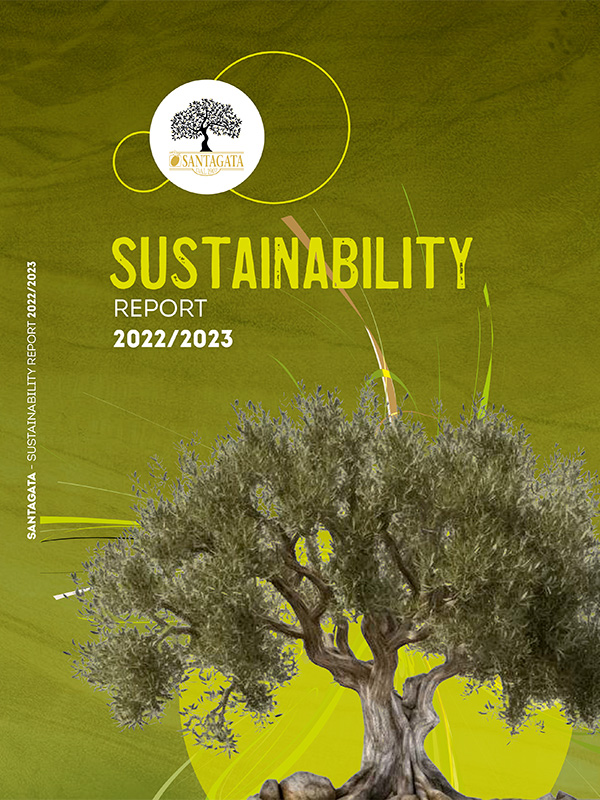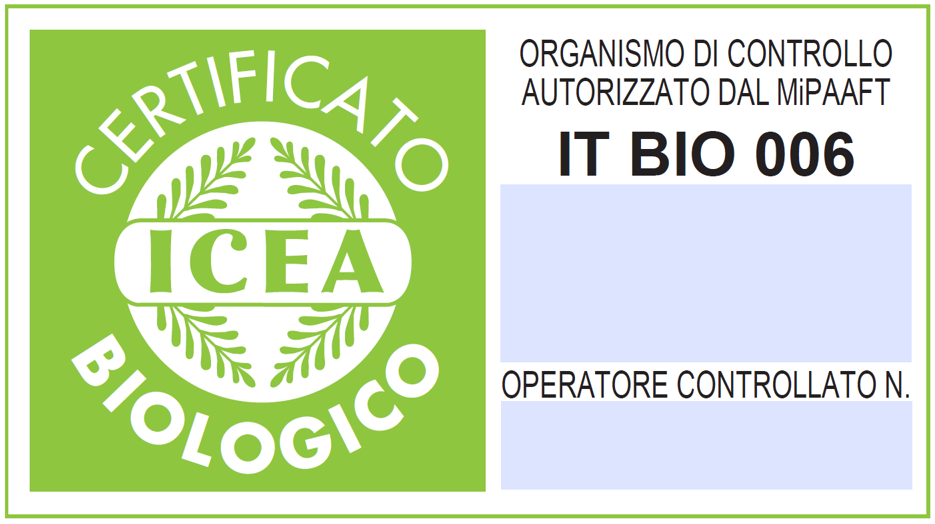Olive groves and atmosphere
In 2016, the International Olive Council, an international intergovernmental organisation promoting the responsible and sustainable development of olive oil, presented the XXII United Nations Framework Convention on Climate Change with a report on the most recent research on the sustainability of olive oil production. The European Union is trying to direct olive growing toward the market and deliver ecosystem services which, in addition to food, include other key community services such as managing greenhouse gas emissions and climate change, water conservation, the transformation of soil nutrients, the conservation of biodiversity and the value of landscapes. According to FAO’s most recent data, the total land area invested in olive trees is 10 million hectares of which over 80% are in the Mediterranean basin. Mediterranean olive groves are therefore fundamental in mitigating CO2 emissions into the atmosphere through carbon immobilization and humus production, as well as in the delivery of ecosystem services. The time is the appropriate one for the consumer to participate, along with all the actors in the olive oil sector, from olive tree growers to sellers, in this virtuous process.
This text is taken from “The olive and the oil: a history of cultivation and nature” written by Tommaso Sitzia, chapter 4 of the book “An Olive Oil Family” written by Cristina e Federico Santagata, pubblished by Olio Officina Edizioni.








